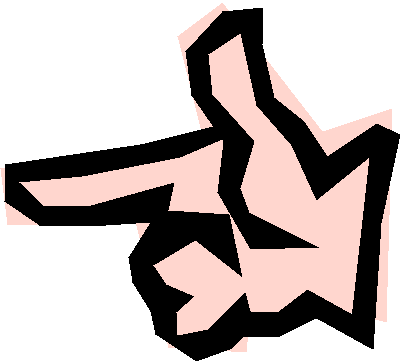By the end of first grade
your child will:
- Describe life needs of green plants
and classify plants according to the plants parts and characteristics.
(minerals, air, water, light, and place to grow.) (seeds, roots,
stems, fruit.)
- Describe life needs of animals and
classify them according to physical characteristics. This
includes people. ( food, air, water, and place to live.)
- Observe and care for plants and
animals.
- Trace and compare the life cycle of
various organisms. (frog, grasshoppers, dogs.)
- Describe physical similarities and
differences between traits of parents and their offspring.
- Describe various forms of information
left by prehistoric animals and their habitats.
- Explore how organisms are dependant
upon each other for survival.
- Describe how night and day are caused
by the rotation of the Earth.
- Explain that the sun is the sources
of heat and light that warms the land, air, and water.
- Describe the relationship of seasonal
changes and weather to the activities and life processes of plants and
animals.
- Describe the effects of weather on
the Earth. (erosion, floods, tornadoes.)
- Record position and apparent shape of
the moon over a period of time.
- Describe what can be observed in the
sky by the unaided eye in the day and at night. (sun, moon, stars.)
- Observe and identify the basic
components of the solar system.
- Investigate and understand how that
natural resources are limited.
- Describe how technology contributes
to solving problems.
- Investigate and describe factors that
affect air and water quality.
- Investigate how to recycle and reuse
natural resources.
- Identify how science
contributes to solving problems.
- Describe scientific solutions for
preventing hazardous situations. (fires, pollution.)
- Develop personal habits that display
concern for the environment.
- Describe how energy is transferred
through a system or cycle. (aquarium, terrarium, water cycle.)
- Investigate sources of energy.
- Associate sounds of energy.
(moving water, food.)
- Explore heat sources and the effect
on matter.
- Explain how pushed and pulls can
change the motion of an object.
- Describe motion as a change in
position.
- Experiment with water to determine
how common materials interact with it. (floating, sinking,
dissolving.)
- Create Mixtures and separate them
based on differences in properties.
- Compare relative mass of
objects. (which object is heavier.)
- Properties of hot versus cold water.
- Observe physical changes in matter.
- Describe motions of common objects in
terms of speed and direction.
- Explore how the movement of other
objects influence other objects. (collision of marbles.)
 Standards
page Standards
page
|

